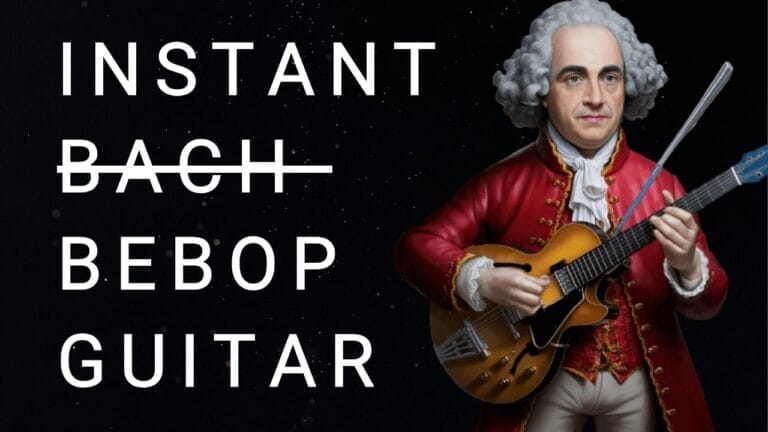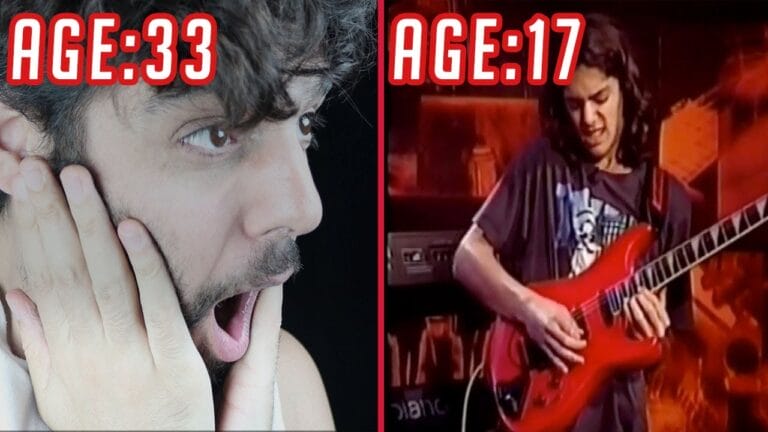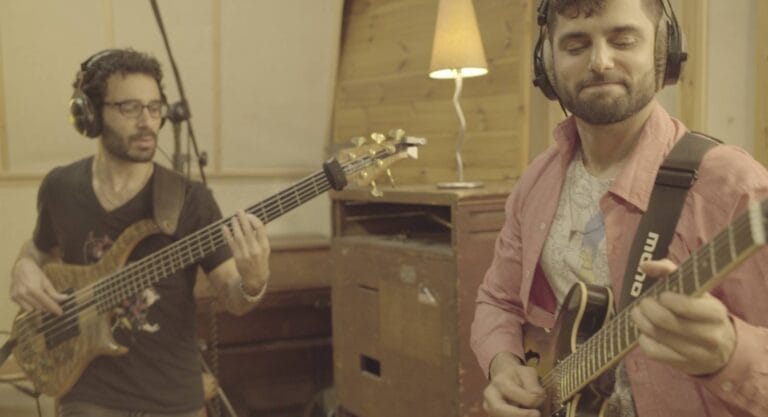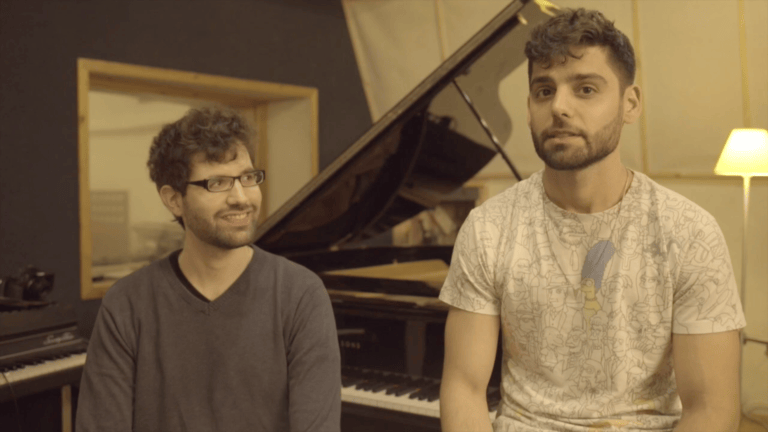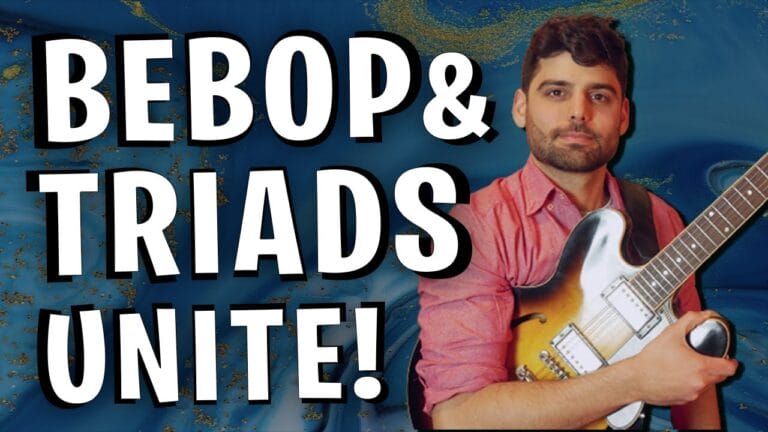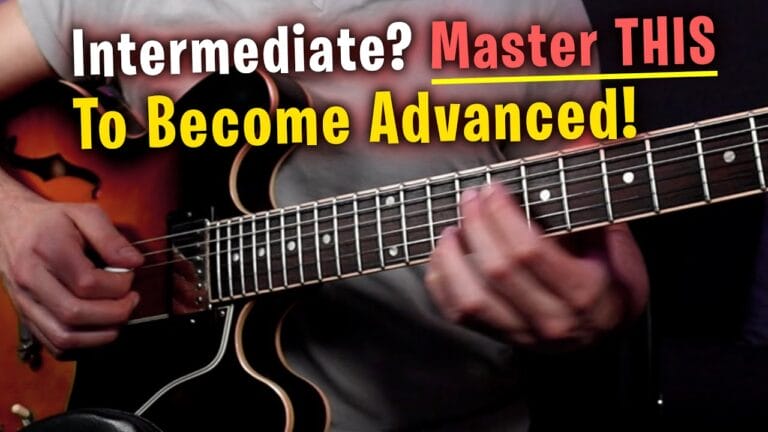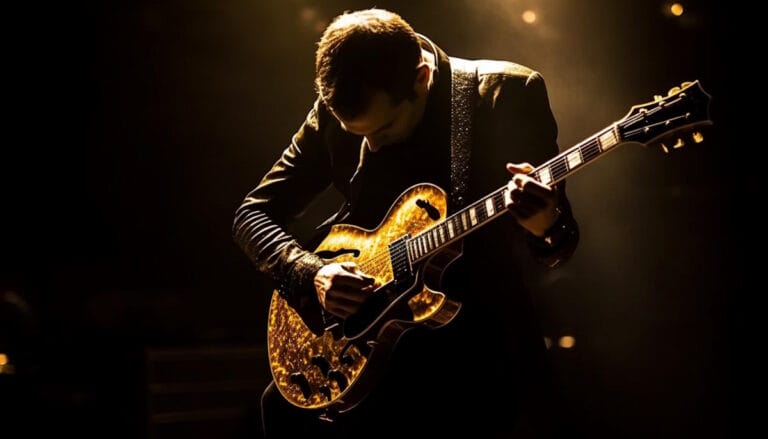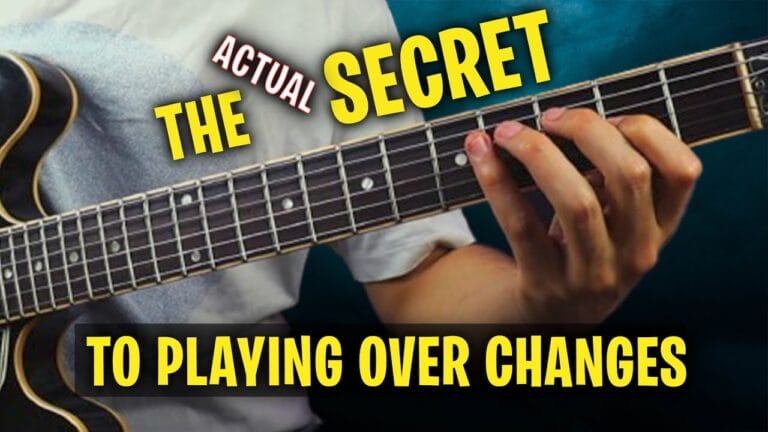Diatonically speaking – The Magical Lesson That Changed My Life
Diatonically speaking – The Magical Lesson That Changed My Life
My playing has been forever changed by a lesson I learned more than two decades ago,
The lesson that has helped me become a way more musical player.
When I started playing the guitar, power chords were my favorite thing in the world,
Few months down the line, when I got into Dream Theater, I began noticing how they added notes to power chords, like the ‘add9’. Back then, I wasn’t familiar with the terms,
but I loved the sound of them and was (subconsciously) hungry to learn more about harmony.
Having a pianist join my band was what changed everything for me
It seemed that whatever I played to him he started moving it around and developing it in a way that made so much musical sense, I had to know how!
The beginner in me asked good questions:
How did he do that?
How does he know which notes to choose?
What can he see on his piano that I can’t see on my guitar?
You see, I didn’t know the entire diatonic systems of C major, I couldn’t move everything around ‘Diatonically’.
Back then, I hadn’t practiced scales, triads, sequences, or motifs.
I was immediately taken aback when the pianist could develop any idea,
I had to find a way of doing that on the guitar!
It was my gateway to becoming a composer and improviser because the piano is such a visual instrument, the pianist could really help me..
Somehow, when we are just starting out playing guitar, we are not taught that.
At that moment, something changed in me. The answers started coming in, bit by bit.
I heard Paul Gilbert talking about how he moves sequences up and down the major scale ‘diatonically’.
I started to get it!
As I got into more complicated modes, such as altered and diminished, I could start moving patterns within them too, I had a rule: whatever idea I learned I made myself start moving it diatonically.
Another thing that really changed everything for me is understanding (through learning triads) that whatever melody I learn I can invert it. For example if I learn an idea in D Minor 2nd inversion I can now invert that melody to root position or 1st inversion..
And this of course also applies when you are improvising over chord changes!
That was the biggest lesson I learned back then that completely changed how I perceive music, and it helped me both as a composer and as someone improvising to get his ideas across
As you can see, the sky’s the limit when it comes to these things. To really start seeing how harmony and melody connect on the whole fretboard, so you can truly say you have a solid understanding of what’s going on. The best way to get from A to Z is to have some guidance and an organized system. Trying to figure all of this stuff on my own was one of my biggest setbacks. It’s for this reason that I created the Galactic Modern Guitar Series!
By doing this, you can have a very organized system to work on all of these things. And you can check it out over here.









